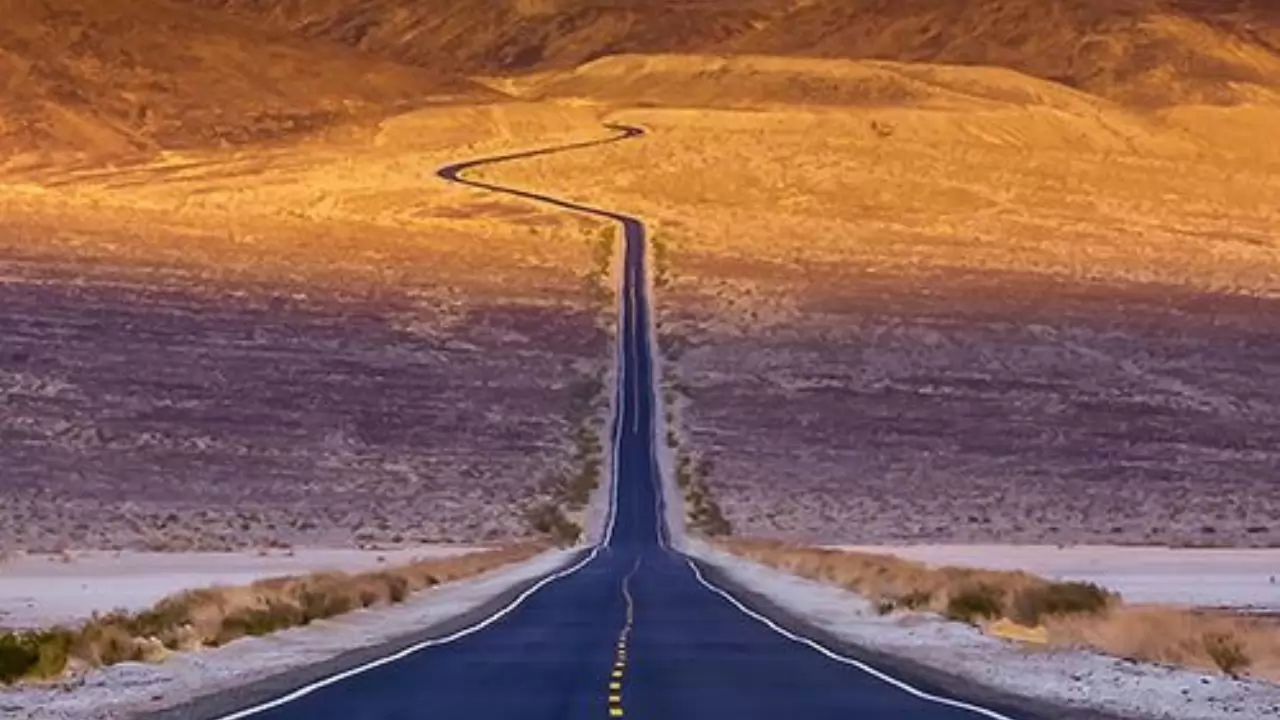
X
Car problems are annoying no matter where you are; however, it is extremely risky to have your car break down in one of the world's hottest locations, which also happens to be in the middle of nowhere. For motorists who end up stuck on the roadways of America's Death Valley, this is a terrifying reality. The huge desert region of Death Valley National Park, in Eastern California, is well-known for its intense heat, which can reach temperatures of up to 49°C. Its name, which includes the word "death," only heightens the ominous atmosphere. Other hazards include gas-filled mineshafts and a dearth of phone service.
Many people still travel to Death Valley to see the amazing scenery, even with these concerns. With several hundred miles of poorly maintained 4x4 roads, 300 miles of upgraded dirt tracks, and more than 300 miles of paved roads, the park offers a wide variety of terrain to explore.
One particularly notorious section, according to Ladbible, is a 200-kilometer road in the northern Mojave Desert that has no turns at all. It is one of the worst spots in the world to have car difficulties because of this remote road, the severe weather in the valley, and the lack of a phone service. Most cars find it difficult to navigate rough terrain in an empty area without road signs. In Death Valley, a breakdown can turn into a potentially fatal situation very rapidly if there is no way to call for roadside assistance. It is recommended that visitors to Death Valley make sure their air conditioning is functioning, bring maps in case their GPS malfunctions, and check the weather before leaving. Along with basic tools, additional water, food, and knowledge of how to utilize a spare tire, the National Park Service advises taking all of these items.
Most cars find it difficult to navigate rough terrain in an empty area without road signs. In Death Valley, a breakdown can turn into a potentially fatal situation very rapidly if there is no way to call for roadside assistance.
It is recommended that visitors to Death Valley make sure their air conditioning is functioning, bring maps in case their GPS malfunctions, and check the weather before leaving. Along with basic tools, additional water, food, and knowledge of how to utilize a spare tire, the National Park Service advises taking all of these items.
The park's official website provides the following information in case your automobile breaks down: "On important roads, another traveler should come along sooner than you could walk for help." Keep the car's hood up and/or place a big, aeroplane-visible X on the road. If you choose to go on foot, do not go off-road; instead, stick to the main routes. If it is hot, wait until after sunset and only go outside if you can bring enough water with you. In case of emergency, dial 911; however, keep in mind that most parts of the park lack cell phone reception," it continues.





Copyright © 2026 Top Indian News
